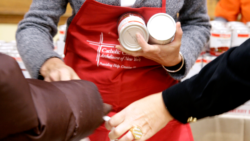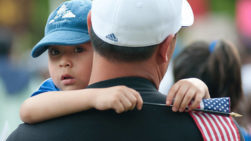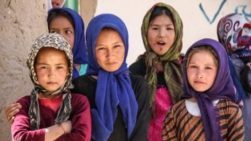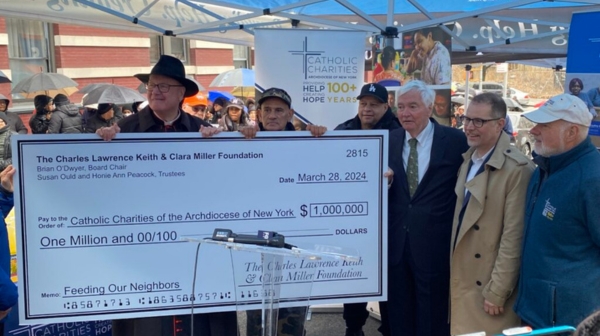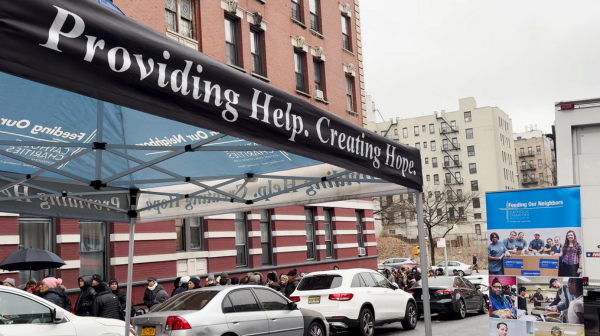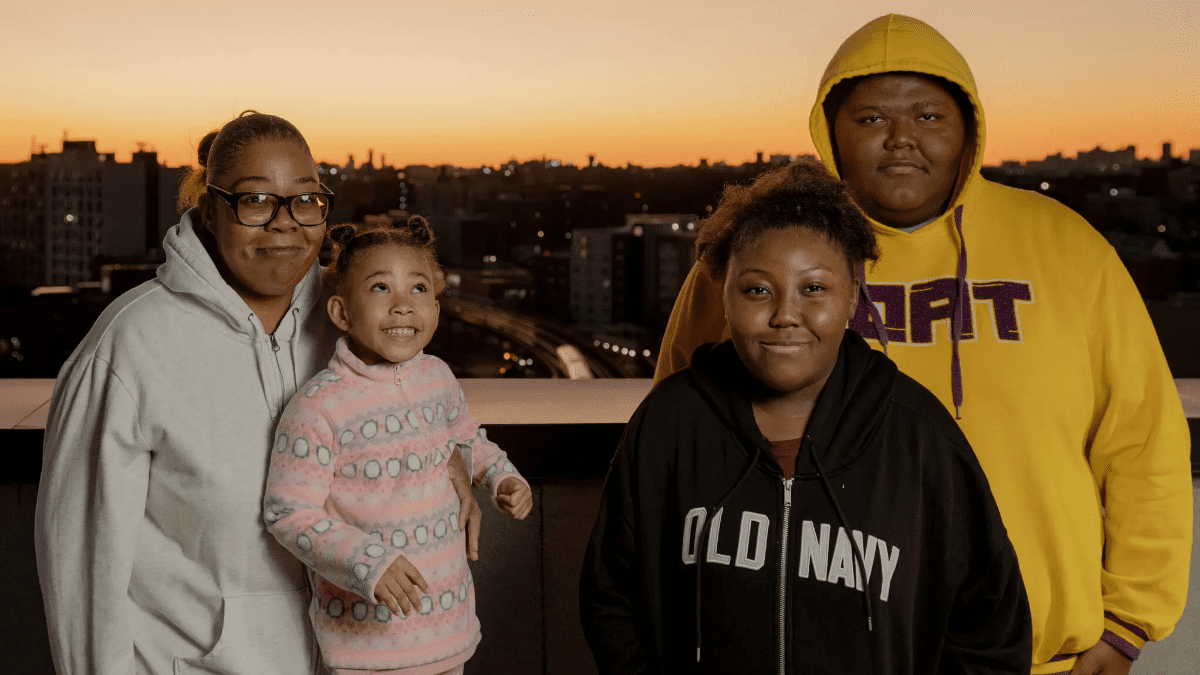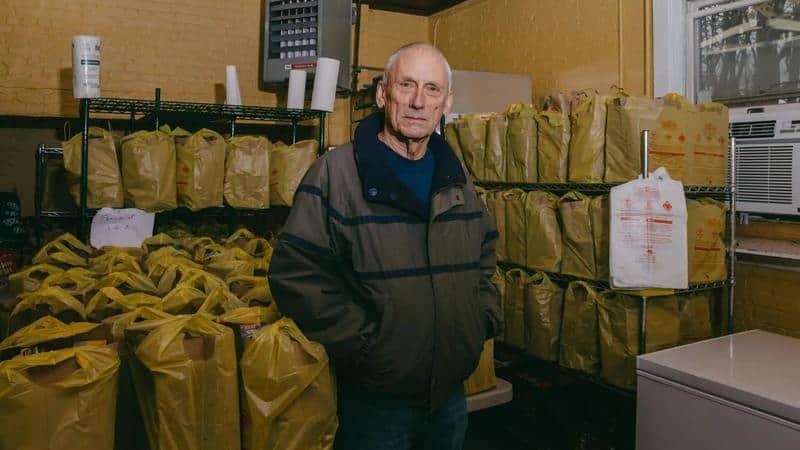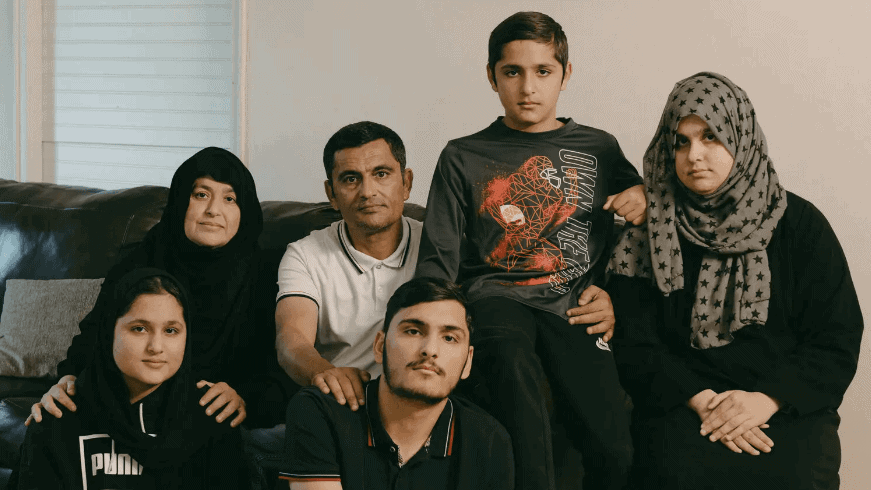Gift drives via video conference. Deliveries from the food bank. Nonprofits adapted to continue providing for people in need.
In Decembers past, millions of families made gift drives part of their holiday preparations, a way to share with others as they shopped for their own loved ones.
At food banks, families volunteered to pack boxes on weekends, ensuring neighbors would have hearty meals at year’s end. In offices, workers left wrapped presents under trees in the building lobby. In stores, parents took their children to buy winter coats for children just around their age, holding up jackets to see if they would fit.
But this year, annual traditions have had to change.
Since March, charities and nonprofit organizations have marshaled forces for the holiday season, seeking out creative solutions to make sure the people they serve would have the things they need.
“It’s much, much more than toys,” said Monsignor Kevin Sullivan, the executive director of Catholic Charities of the Archdiocese of New York. “For the families we’re helping, this isn’t superfluous. These are the neediest families. They won’t have a sweater if we don’t buy it for them.”
Gathering donations brought challenges this year, as did getting people the items they needed — warm coats, canned soup, a present for a child who stood strong through a horrible year. So Catholic Charities, one of 10 organizations supported by The New York Times Neediest Cases Fund, planned ahead. Annually, it hosts the St. Nicholas Project, which brings winter clothing and more to families in need, and requires year-round attention. Usually, volunteers are given profiles of families and individuals and shop together at Kmart.
Through the profiles, shoppers learn not just about ages and sizes, but also about the preferences of the people they will help. If a little boy likes football, they try to get gloves in the theme. If a little girl is about the same size as their own daughter, she’ll model clothing to make sure it will fit.
Volunteers are not just buying any sweater, Monsignor Sullivan said, “They’re buying a green sweater.” He continued: “It’s that we create a human community.”
Before the coronavirus pandemic, shopping was an in-person extravaganza. But like many groups, Catholic Charities switched to a virtual shopping event, where volunteers hosted videoconference parties and used Amazon wish lists.
“The more efficient thing to do would be to just buy 700 versions of the same black coat,” said Griffin O’Shea, who helped organize the drive. But, he said, that’s not what love in action really looks like. “Each of those individual families deserves individual attention.”
About 600 families came together to shop, and about 750 families received gifts and winter essentials. This year, the drive distributed more than 800 gift cards for essential winter items and helped about 4,000 people over all.
Some charities focus more on toys and gifts, although provide essentials, too. Westchester Jewish Community Services, a beneficiary agency of UJA-Federation of New York, which is also supported by The Fund, moved its annual toy drive online as well. In total, it managed to provide gifts and gift cards for 1,000 families.
Giving out the gifts looked different this year, too. Instead of organizing a large pickup at headquarters, staff members drove across the county to deliver gifts directly to families.
“People are really passionate now about giving where they live,” said Susan Lewen, the chief development officer. “We generally have gotten even more toys than our requests and are able to serve beyond those requests.”


